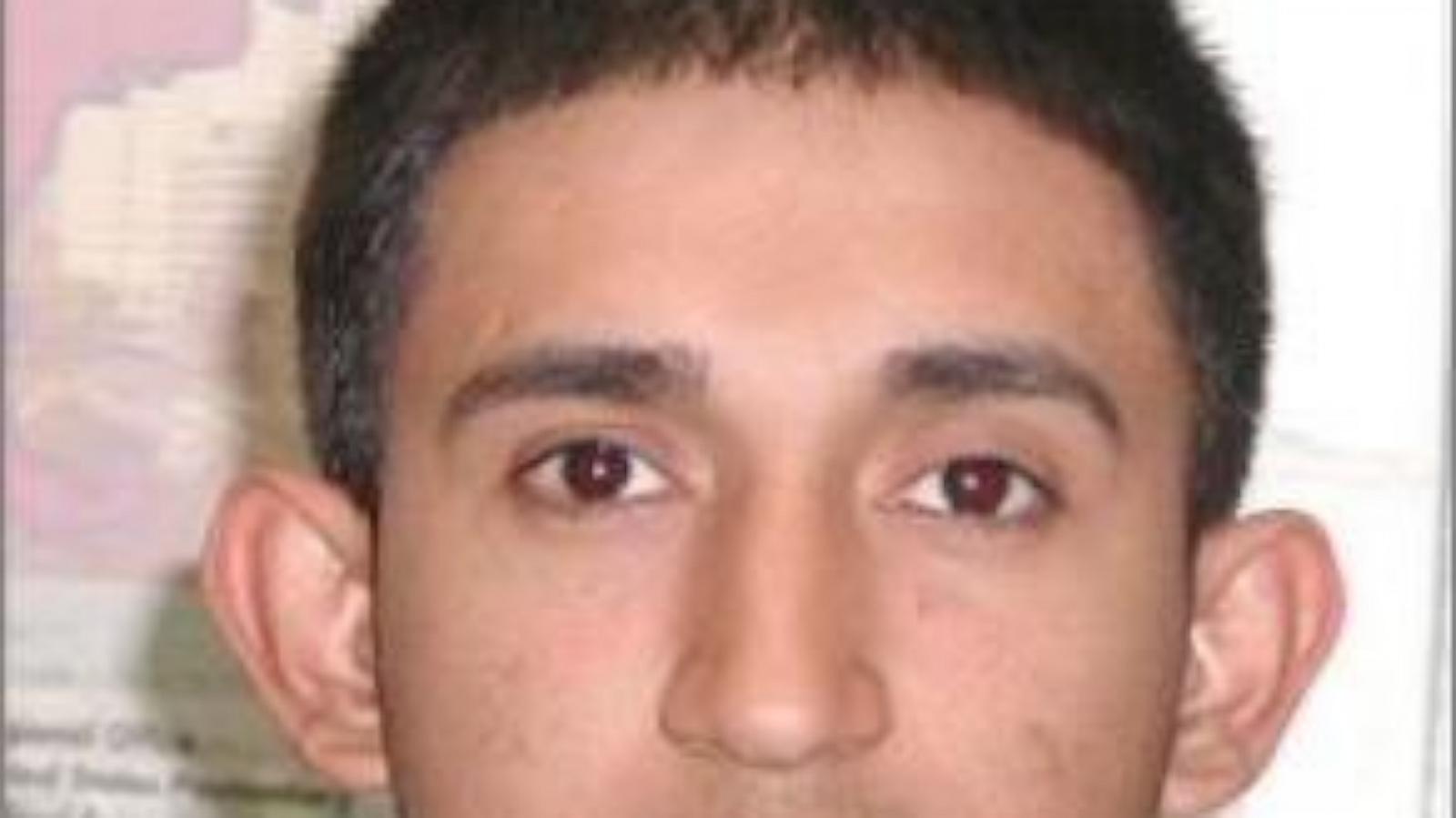Horrific MS-13 Gang Violence: 7 Murders and a Plea Bargain
The shocking details of MS-13 gang violence have come to light in the case of Jairo Saenz, a high-ranking member recently pleading guilty to racketeering and multiple murders. His plea bargain, detailing seven slayings, including the brutal 2016 murders of two innocent high school girls, Nisa Mickens and Kayla Cuevas, sent shockwaves through the community and the nation. The case exposed a brutal reality: MS-13's reign of terror on Long Island, transforming quiet neighborhoods into warzones. Saenz’s 40-to-60 year sentence is far from enough for the victims’ families.
The Brentwood and Central Islip Bloodbath
Jairo Saenz, a 28-year-old from El Salvador, admitted his role in directing multiple killings committed by his gang, the Sailors Locos Salvatruchas Westside. He served as the second-in-command, second only to his brother Alexi, who also pleaded guilty and faces sentencing. Their acts of violence, using machetes, baseball bats, guns, and even fire, paint a terrifying picture. Their victims included not only rivals but also individuals who in some way offended the clique. This ruthless escalation reveals the horrifying hierarchy of power and control in the MS-13. The gang's aim was simple: bolster their reputation through fear, dominance, and violence, regardless of age, gender, or even acquaintance. Each brutal act demonstrates MS-13's power and serves as a coldblooded illustration of how far they were willing to go to cement their territory and supremacy on Long Island.
Innocent Victims: Stories of Loss and Dreams
The parents of Nisa Mickens, whose life was cruelly cut short a day before her 16th birthday, expressed immense sorrow. She was pursuing her dream of becoming a veterinarian or a nurse. Another victim was 29-year-old Michael Johnson, who suffered a violent and fatal attack with no mercy. Such heart-wrenching stories unveil the horrific toll that MS-13 has had on families on Long Island, emphasizing the pervasive and long-lasting effects of gang violence.
The Case Against Jairo Saenz
Saenz's plea covers a range of heinous acts. Beyond the seven murders, the indictment reveals he participated in three attempted murders, arson, narcotics trafficking, firearms offenses, and conspired to kill Marcus Bohannon, further proving the widespread nature of his violent behavior and MS-13's intricate operations. His acceptance of responsibility isn't merely legal; it’s a chilling affirmation of brutal power exerted. Saenz and his clique weren’t just criminals, they operated like an organized criminal enterprise—planning and executing murders to secure their authority and their position within their terrifying gang. The breadth of the charges is indicative of his position within MS-13, highlighting how the hierarchy functions and the gravity of the consequences.
A Guilty Plea: Justice or Inadequate Response?
The 40 to 60-year sentence may not feel like justice to the families of the victims, however, it does signify that a guilty plea was established—a step toward holding Saenz and MS-13 accountable for their brutal acts and making Long Island safer. Many, especially President Trump, previously called for the death penalty. While justice has been delivered, this significant prison sentence does prevent further violence and brutality from happening at the hands of this perpetrator. Justice may never truly satisfy those impacted, yet the sheer scale of the actions makes it impossible to truly address in the criminal justice system.
MS-13: A National Security Threat
The case illuminates the dangers posed by MS-13, a transnational criminal organization whose roots in El Salvador reach far beyond Long Island. Saenz's participation emphasizes the intricate cross-border networks enabling the gang’s illicit activities and the challenges law enforcement faces in confronting their violent behavior. President Trump has made his stand against the violent acts clear, and has even proposed solutions for curtailing MS-13 and other violent crime organizations. This criminal organization uses violence and threats to further its power and illicit goals and threatens society's sense of security. Gangs like these pose considerable risks to all that live nearby, including community safety and the very fabric of society.
Immigration Debate and Gang Violence
The case also fueled national debate about immigration, with the President placing a particular focus on the possible link between lenient immigration policies and increased gang violence in areas that are not accustomed to violence of this magnitude. There are multiple, equally concerning implications, including the need for stricter control and heightened community involvement. This makes clear the significant threat gangs like this present and how important it is to find methods to fight gang violence while addressing the issues causing them.
Long Island's Fight Against Gang Violence
The events show the need for a continued focus on tackling gang violence. Effective strategies could encompass improving community outreach, increasing law enforcement presence, enhanced investigations into transnational networks, and more preventative action, while still providing ample support for victims and their families, as well as programs designed for rehabilitation and assistance. It is critical that any gang-related violence be taken seriously by the people and the government alike in order to provide true justice to the victims. Through a multi-pronged approach, it might be possible to reduce gang violence. This comprehensive strategy can prevent the terrible consequences that happen through gang activity and violence. The efforts to prevent further tragedy must be prioritized.
Take Away Points:
- Jairo Saenz's guilty plea reveals the horrific extent of MS-13 violence in Long Island.
- The murders of two innocent high school girls highlighted the gang's brutal tactics and reign of terror.
- Saenz’s plea encompasses numerous violent crimes, underscoring the gang's widespread operation and criminal activities.
- The case highlights the broader issues of transnational criminal organizations and the need for a multifaceted approach to fighting gang violence.
- The impact of this case will undoubtedly reverberate far beyond Long Island, sparking continuing dialogue on gang violence and immigration policy.




